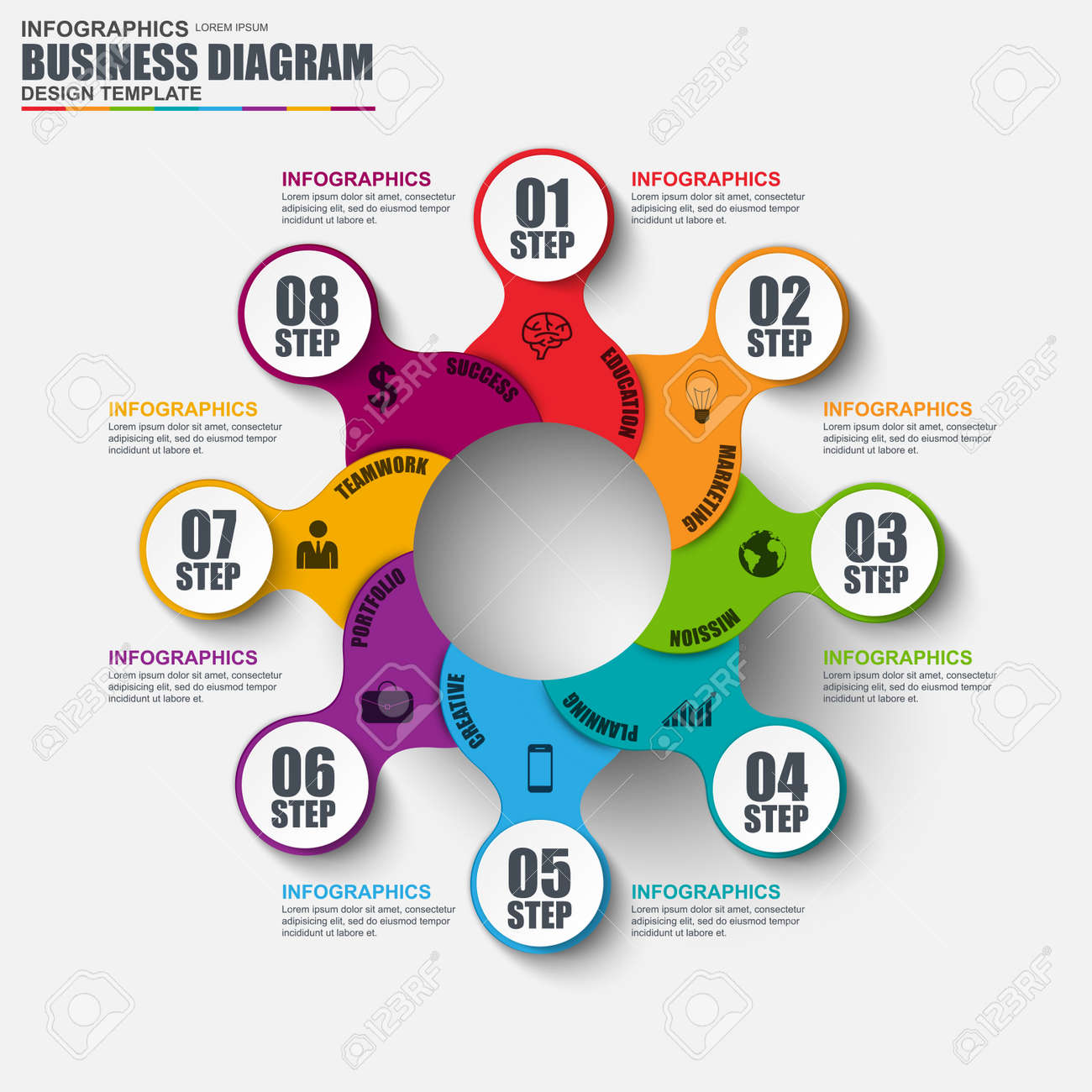Interested In Learning How Website Style Has Developed For Many Years? Explore The Trip From Basic, Uncomplicated Designs To User-Centric Interfaces That Focus On The Visitor'S Experience
Interested In Learning How Website Style Has Developed For Many Years? Explore The Trip From Basic, Uncomplicated Designs To User-Centric Interfaces That Focus On The Visitor'S Experience
Blog Article
Content Produce By-Collier Vangsgaard
In the past, websites were basic and focused on information. Navigation was straight, and design was for desktops. Now, individual experience is essential. Data guides layouts for simple navigation. Receptive formats fit various tools. Today, dark mode reduces strain, and minimalist food selections enhance navigation. Interactive attributes engage customers, and vibrant visuals stand apart. related resource site enhances engagement. See how layout has advanced to boost your online trip.
Early Days of Web Design
In the early days of website design, simpleness reigned supreme. Web sites were fundamental, with minimal shades, typefaces, and layouts. The focus was on giving information rather than showy visuals. Users accessed the internet with slow dial-up connections, so rate and performance were vital.
Navigating menus were straightforward, generally located at the top or side of the web page. Web sites were developed for desktop computers, as mobile surfing had not been yet widespread. Web content was king, and designers prioritized easy readability over complicated style elements.
HTML was the main coding language made use of, and designers needed to function within its restrictions. Animations and interactive functions were very little compared to today's standards. Sites were fixed, with little dynamic web content or customized customer experiences.
Rise of User-Focused Style
With the evolution of web site layout, a shift in the direction of user-focused style principles has actually ended up being significantly famous. Today, developing sites that prioritize user experience is essential for engaging site visitors and accomplishing service objectives. User-focused design includes comprehending the demands, choices, and behaviors of your target audience to customize the web site's design, web content, and includes accordingly.
Designers now carry out thorough research, such as individual studies and usability screening, to collect understandings and comments directly from individuals. This data-driven strategy aids in creating instinctive navigation, clear calls-to-action, and visually attractive user interfaces that resonate with visitors. By positioning the user at the facility of the design procedure, web sites can provide a more individualized and delightful experience.
Receptive style has actually additionally emerged as a crucial facet of user-focused design, making sure that internet sites are enhanced for various tools and screen dimensions. This versatility enhances ease of access and usability, catering to the varied ways customers engage with internet sites today. Basically, the surge of user-focused design represents a change towards creating electronic experiences that prioritize the needs and assumptions of the end customer.
Modern Trends in Website Design
Explore the most recent patterns shaping web design today. One prominent fad is dark mode layout, supplying a sleek and modern-day look while decreasing eye pressure in low-light settings. An additional vital fad is minimalist navigating, streamlining food selections and boosting customer experience by concentrating on essential elements. Incorporating micro-interactions, such as animated switches or scrolling effects, can produce an extra interesting and interactive web site. Responsive style continues to be critical, guaranteeing smooth individual experiences throughout numerous gadgets. Furthermore, utilizing strong typography and unbalanced designs can add aesthetic passion and accentuate details content.
Incorporating AI innovation, like chatbots for customer support or tailored recommendations, improves user engagement and streamlines processes. Availability has likewise become a considerable pattern, with developers prioritizing inclusive layout techniques to deal with diverse customer needs. Accepting https://www.searchenginejournal.com/local-seo-content-strategy/431651/ by enhancing internet site efficiency for rate and performance is one more arising pattern in web design. Teaming up with customer feedback and information analytics to iterate and improve style constantly is necessary for staying appropriate in the ever-evolving electronic landscape. By welcoming these contemporary trends, you can develop an aesthetically appealing, user-friendly website that reverberates with your target market.
Final thought
As you assess the development of internet site design from the early days to now, you can see how user-focused layout has become the driving force behind modern-day trends.
Welcome the journey of adjustment and adjustment in website design, constantly maintaining the user experience at the forefront.
Stay current with the current trends and technologies, and never quit developing your technique to create aesthetically stunning and user-friendly websites.
Advance, adjust, and produce - the future of website design remains in your hands.
